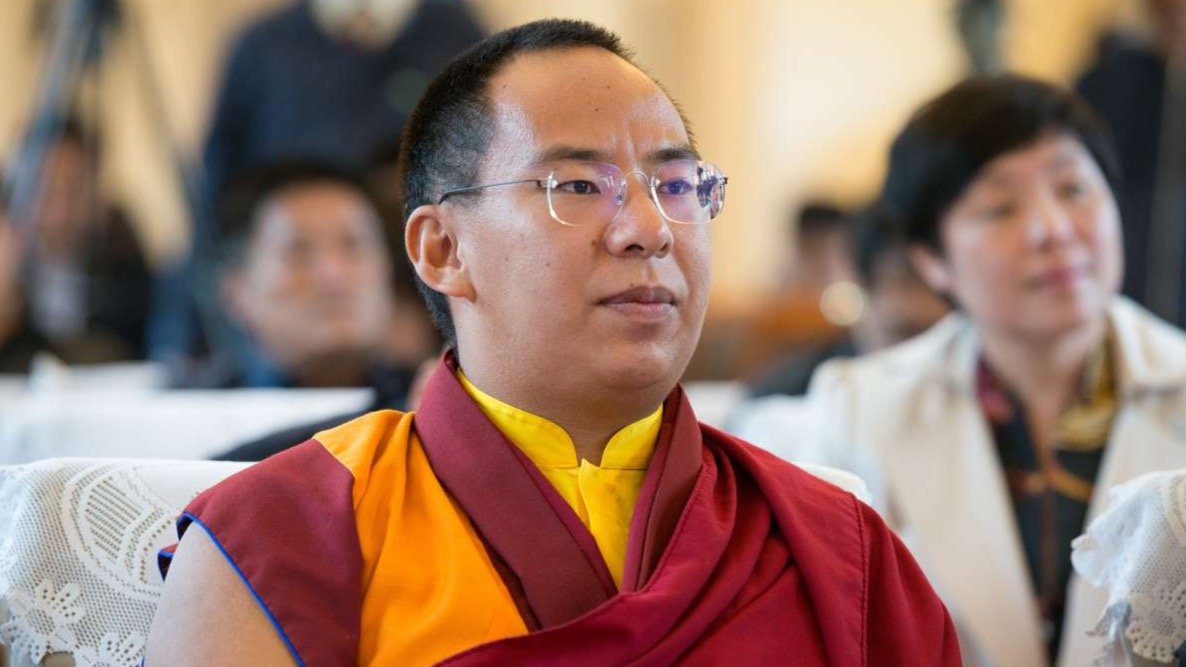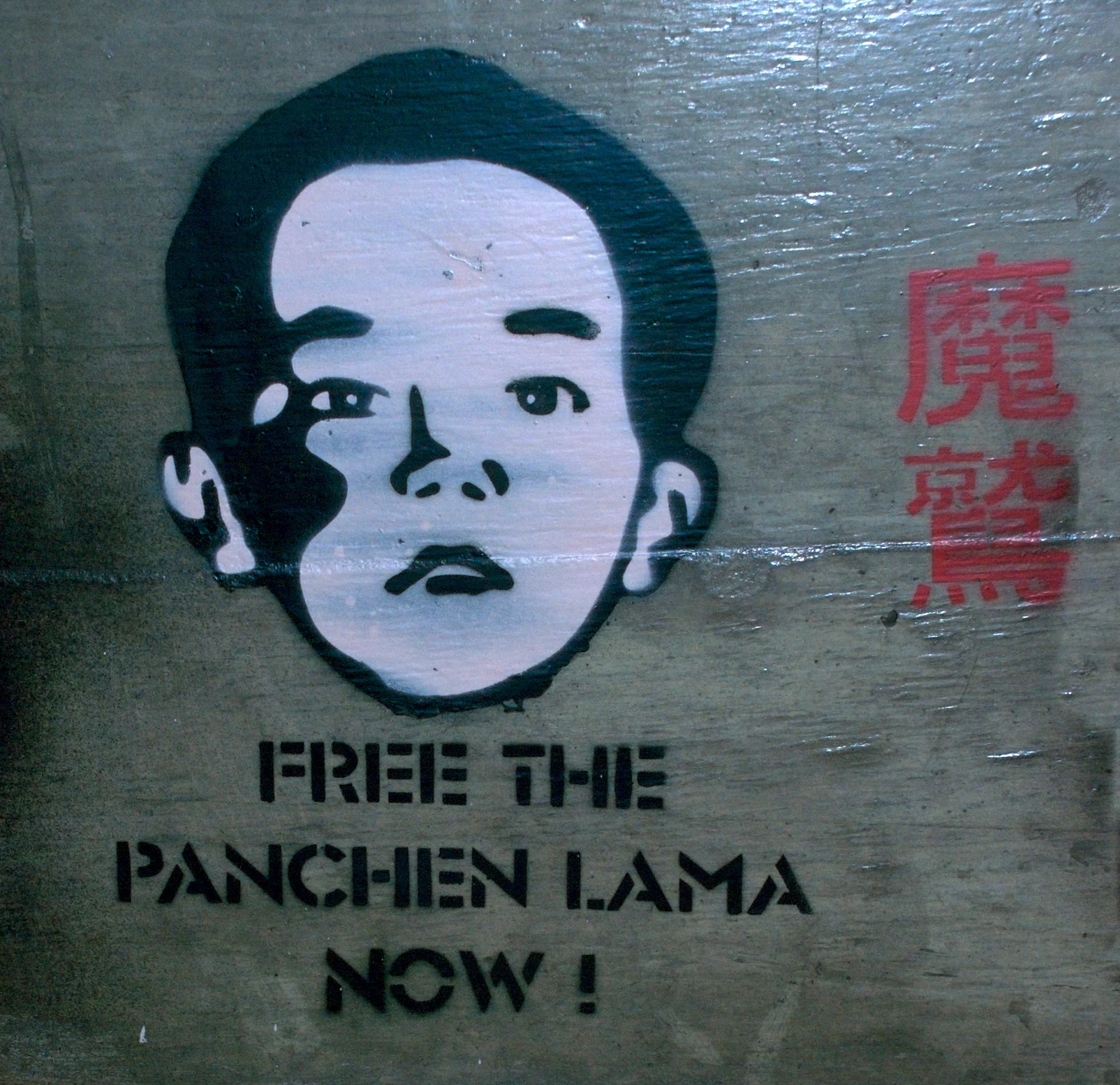In this article, we embark on an immersive journey delving into the rich tapestry of history and controversy surrounding the Panchen Lama—a revered spiritual leader deeply entrenched in the intricate fabric of Tibetan Buddhism.
From the hallowed halls of ancient monasteries to the corridors of modern geopolitics, the saga of the Panchen Lama captivates the imagination, weaving together spirituality, politics, and cultural identity into a compelling narrative of resilience and struggle.
Who is Panchen Lama?
Panchen” is a portmanteau of “Pandita” and “Chenpo,” meaning “Great scholar.” The recognition of Panchen Lamas began with Lobsang Chökyi Gyaltsen, the tutor of the 5th Dalai Lama, who received the title “Panchen Bogd” from Altan Khan and the Dalai Lama in 1645.
Traditionally, the Panchen Lama has served as a teacher and aide to the Dalai Lama, Tibetan Buddhism’s highest leader. The Dalai and Panchen Lamas were supreme figures of spiritual authority in Tibet (as well as of the Gelug tradition) and enjoy reverence among Tibetans that transcends the plurality of regional and sectarian affiliations.
The lineage of the Panchen Lama traces its roots back through the annals of Tibetan history, serving as a steadfast beacon of spiritual guidance alongside the Dalai Lama. As the spiritual “sibling” to the Dalai Lama, the Panchen Lama occupies a revered position, symbolizing the eternal bond between teacher and disciple across the vast expanse of lifetimes.
Founded by the 1st Dalai Lama in the 15th century, the Tashi Lhunpo Monastery emerged as the cradle of the Panchen Lama lineage—a sacred institution that nurtured generations of spiritual luminaries.
Monastic figures historically held important roles in the social makeup of Tibet, and although these roles have diminished since 1959, many Tibetans continue to regard the Panchen Lama as a significant political, as well as a spiritual figure, due to the role he traditionally plays in selecting the next Dalai Lama.
The Enigmatic Tale of Choekyi Gyaltsen, 10th Panchen Lama:
Choekyi Gyaltsen, the 10th Panchen Lama, had a challenging journey marked by political drama and spiritual growth. In the mid-20th century, he navigated through a complex balance between tradition and modernity, spirituality, and authoritarian rule.
His brave opposition to oppressive government actions and consistent support for the Tibetan community made him a prominent figure, drawing both admiration and opposition. Despite enduring imprisonment and exile, Choekyi Gyaltsen stayed committed to his quest for justice and liberty, showing the strength of the human spirit in tough times.
The Quest for Reincarnation:
After Choekyi Gyaltsen’s passing, the search for his reincarnation sparked a fervent quest marked by conflicting interests and geopolitical maneuvering. The Dalai Lama and the Chinese government embarked on separate journeys to find the next Panchen Lama, each aiming to wield influence over this crucial spiritual leader.
In 1995, His Holiness the Dalai Lama identified Gedhun Choekyi Nyima, a six-year-old boy, as the 11th Panchen Lama, the second most prominent religious figure in Tibet.
However, three days later, Chinese authorities abducted the Panchen Lama and his family, making him the world’s youngest political prisoner. Despite spending his life in captivity, the Panchen Lama, Tibet’s second most notable religious figure, reached the age of 30 on April 25, 2019.
Shortly after the abduction in 1995, China chose another boy to replace him. The current Panchen Lama selected by Beijing is Gyaincain Norbu.
Geopolitical Chess:
The controversy surrounding the Panchen Lama epitomizes the geopolitical chess game unfolding in Tibet—a battleground where spirituality intertwines with sovereignty. The Chinese government’s relentless pursuit of control over religious institutions reflects a broader strategy aimed at stifling dissent and consolidating authority.
While Gyaltsen Norbu serves as a puppet figurehead in Beijing’s narrative of Tibetan unity, the enforced disappearance of Gedhun Choekyi Nyima symbolizes the suppression of Tibetan cultural identity and spiritual autonomy. The Panchen Lama controversy transcends religious significance, serving as a bellwether for the struggle for freedom and self-determination in Tibet.

WATCH THE WHOLE VIDEO ABOUT PANCHEN LAMA – here



